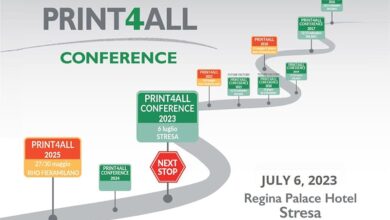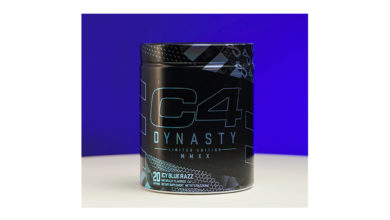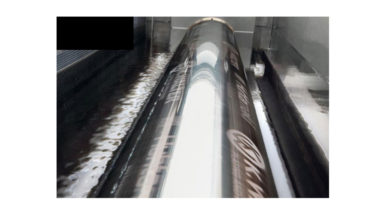Flexible Packaging To Grow By 18% Through 2020
Packaging continues to be a growth market, and within the packaging market, flexible packaging is arguably the fastest growing segment. According to a Smithers Pira report (Future of Global Flexible Packaging to 2020), the global market for flexible packaging is projected to grow by 18% through 2020. But this growth brings with it new challenges for flexographic printers. Chief among these is the increased diversity of printed packs – smaller lot sizes, a wider variety of products and packaging formats, and a growing desire to regionalize packs as well as vary them seasonally and to support specific events.
According to the Smithers Pira report, flexible packaging is the most economical method for packaging, preserving and distributing food and other consumables.
Flexible packaging also carries a lower supply chain cost than glass and metal and can deliver more shelf appeal and product protection.So while flexible packaging is on the rise, glass and metal packaging are on the decline in many regions. The lighter weights of flexible packaging reduce material and shipping costs. They also increase consumer convenience, since pouches can be easily stored, and they give the consumer the ability to get a meal on the go, instantly and at any time. Consumer product companies (CPCs) want consumers to be able to prepare a microwavable meal from a pouch as quickly and conveniently as they can eat a breakfast bar. The diversity of packaged food products using flexible packaging solutions is endless.
Traditionally, flexible packaging using flexographic printing technologies has been manufactured in lot sizes averaging about 15,000 metres. In most plants, job change-over times can be an hour and a half or longer, depending upon the type of equipment, number of colours that must be changed, press modules required, etc. Clearly, as lot sizes decrease, the economics of conventional flexographic printing are challenged. It is for this reason that there has been an increased interest in digital printing solutions for label and flexible packaging production as well. But technologies are now available on the market that will allow flexographic printing to strengthen its competitiveness, particularly for short run small-lot jobs, to ensure that flexography remains the printing process of choice for CPCs well into the future.





